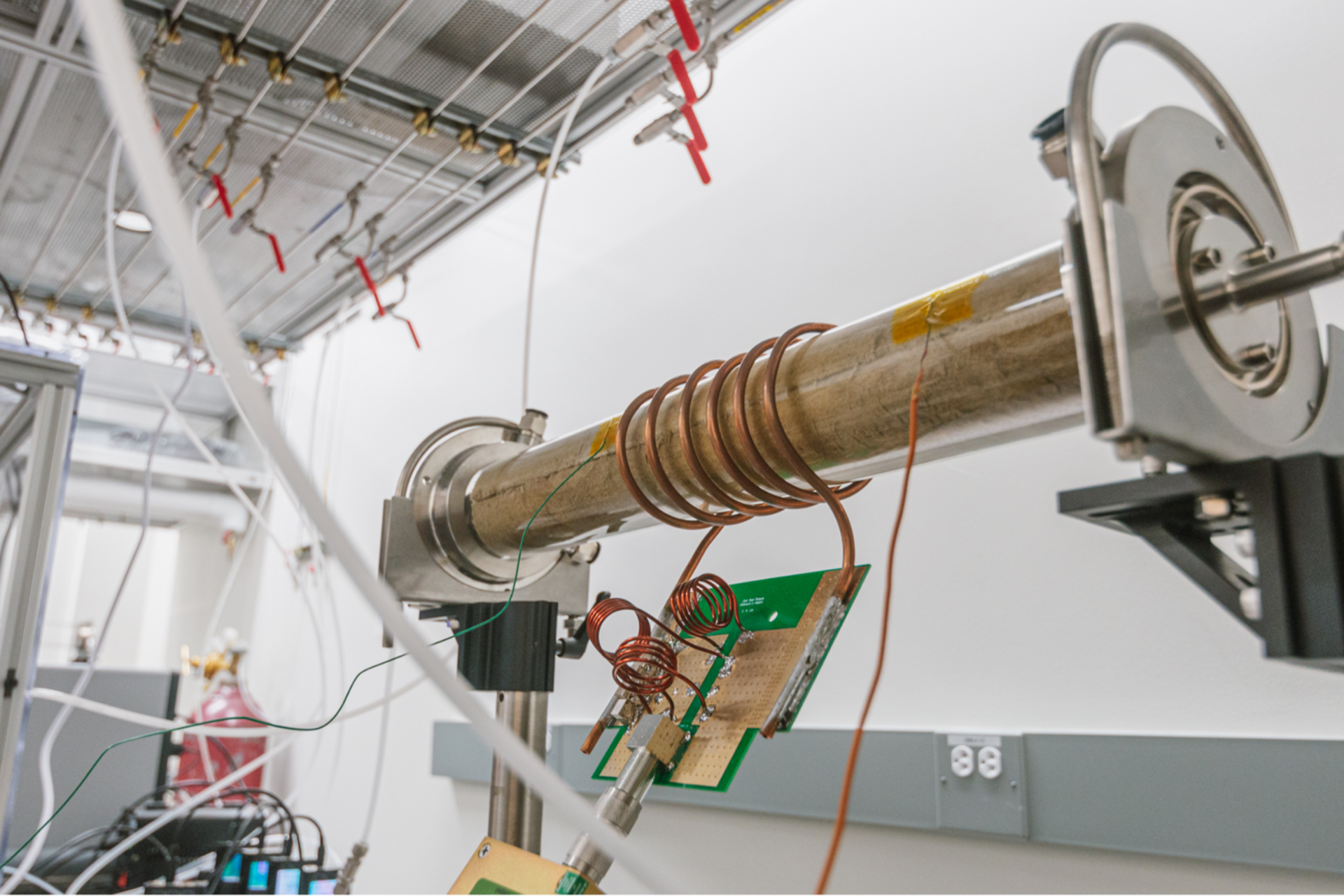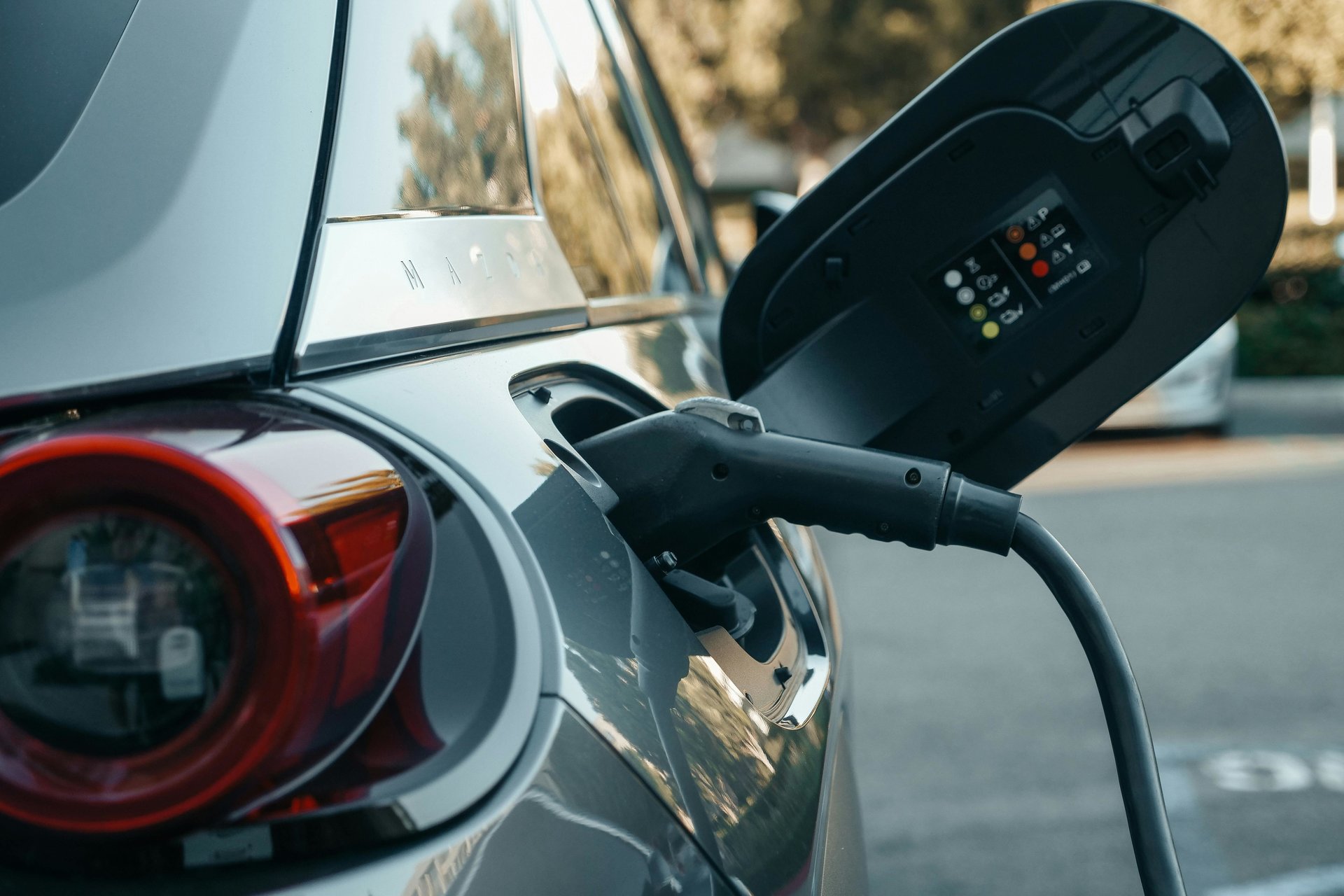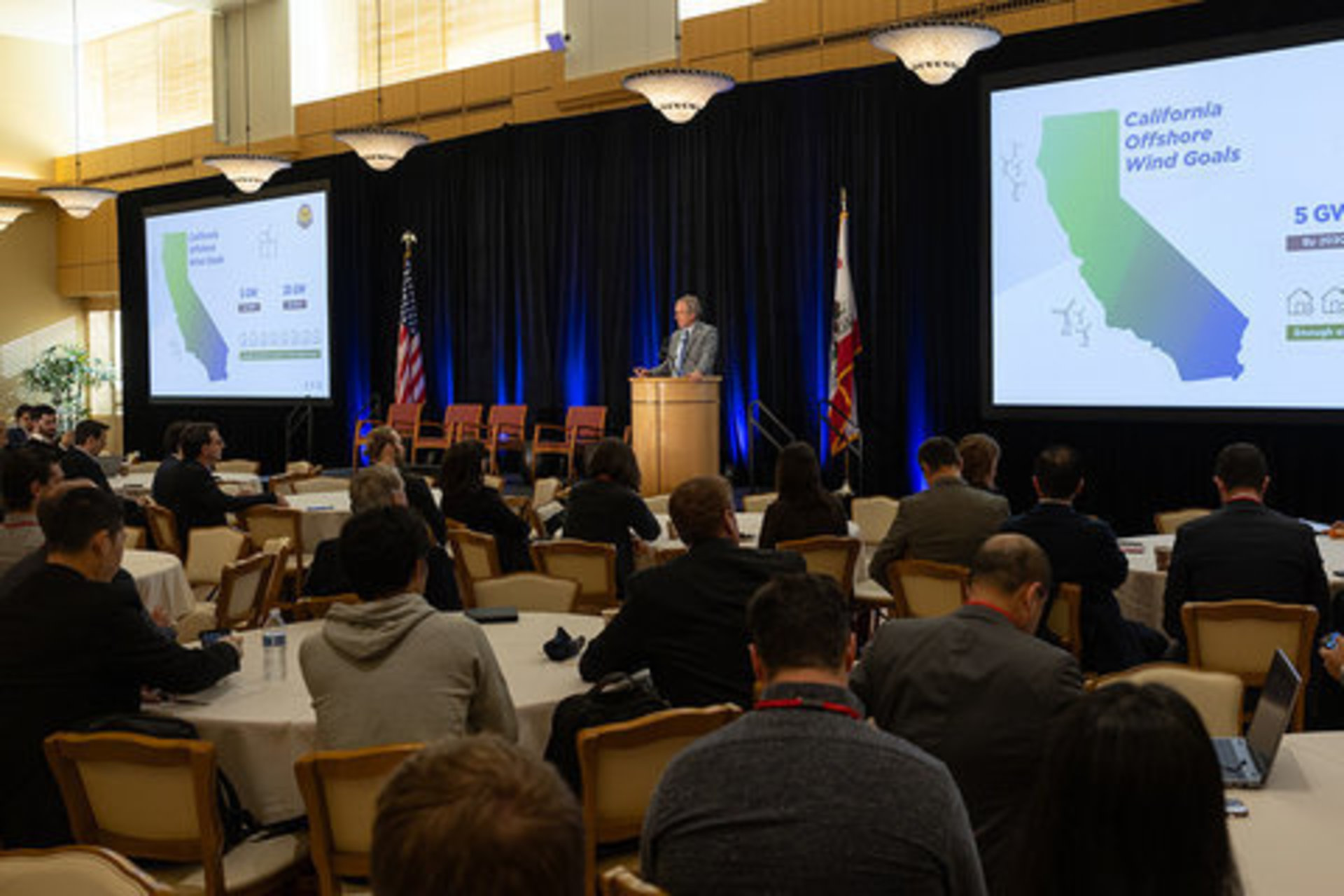Energy
-
The Stanford Forum on the Science of Energy Transition brought together scientific experts, technology innovators, and industry leaders to explore practical pathways to a decarbonized future.
-
Yi Cui is harnessing the power of nanoscience to grow extremely small structures—which play a huge role in the clean energy transition.
-
A new study finds that factory and warehouse rooftops offer a big untapped opportunity to help disadvantaged communities bridge the solar energy divide.
-
The massive reactors churning industrial chemicals today are fired by fossil fuels. A new approach that has received a Stanford Doerr School of Sustainability Accelerator grant would use electromagnetic induction to heat with clean, renewable electricity.
-
Stanford-led research shows methane emissions from a large share of U.S. oil and gas facilities are three times higher on average than the level predicted by official government estimates.
-
Difficulties in connecting charging sites to the grid pose the biggest delays in bringing publicly accessible EV charging stations online.
-
The Stanford Doerr School of Sustainability hosted the Stanford alum and electric vehicle entrepreneur for a Big Ideas series discussion about how entrepreneurship can change the world.
-
With the support of the U.S. Department of Energy, a Stanford-led consortium of 22 research institutions seeks to help communities balance top priorities for a decarbonized grid.
-
Stanford researchers have discovered that the cycle life of a lithium metal battery can be improved simply by letting it rest for several hours in the discharged state.
-
The stakes in California’s clean energy experiment are almost unimaginable, as are the costs, but the state has successfully led the country and the world on energy before.
-
The four new projects aim for decarbonized cement, large-scale hydrogen storage, a reliable electric grid, and more natural ventilation in buildings.
-
Our list includes a mix of favorites, high-impact stories, and some of our most-read research coverage from the past year.
-
In categories ranging from Food & Drink to Energy, the 2024 Forbes feature recognizes 11 Stanford alumni and one student for work related to sustainability.
-
An international team, led by Rice University, seeks to improve the synthesis of carbon nanotubes for much wider use.
-
“The goal of the Understand Energy Learning Hub is to demystify energy a little or a lot for, hopefully, millions of people over time,” said Jane Woodward, one of the instructors of the Understand Energy course.
-
Researchers estimate the electricity used per square foot to cool buildings in U.S. cities will increase on average by nearly 14% for every degree of warming.
-
In historic agreement, leading solar developers, environmental organizations, and groups supporting local interests align on solar development strategies that prioritize climate, conservation, and community.
-
The state has made an ambitious plan: 100 percent carbon-free electricity by 2045. Four experts weigh in on how—and whether it’s possible—to get there.
-
New research shows adding real-world driving data to battery management software and computer models of battery pack performance can lead to longer-lasting, more reliable batteries.
-
Stanford research finds low-income communities in California face a “wildfire safety deficit” as a result of longstanding policies about who should pay to move power lines underground.
-
Switching from hydropower to fossil fuels during droughts has led to higher carbon emissions and cost 11 Western states tens of billions of dollars over the past two decades, Stanford research finds.
-
About 47 million homes use natural gas or propane-burning cooktops and ovens. Stanford researchers found that cooking with gas stoves can raise indoor levels of the carcinogen benzene above those found in secondhand smoke. (Source: Stanford News)
-
New reports detail how faculty, students, and scholars came together from across campus to generate sustainability solutions.
-
New research reveals wastewater injected underground by fossil fuel operators caused a magnitude 5.6 earthquake in November 2022 in the Peace River area of Alberta’s oil sands region. This is the first study to link seismicity in the area to human activity. (Source: Stanford News)
























